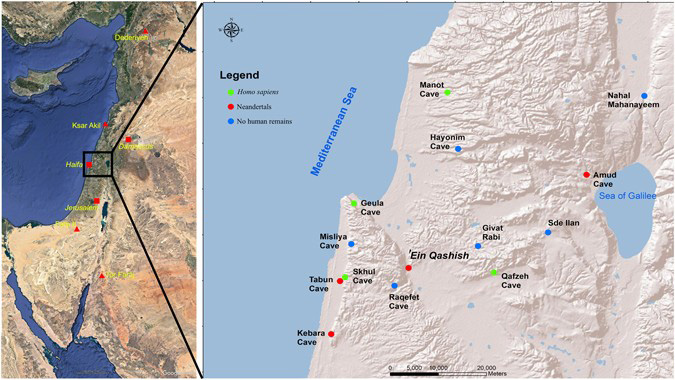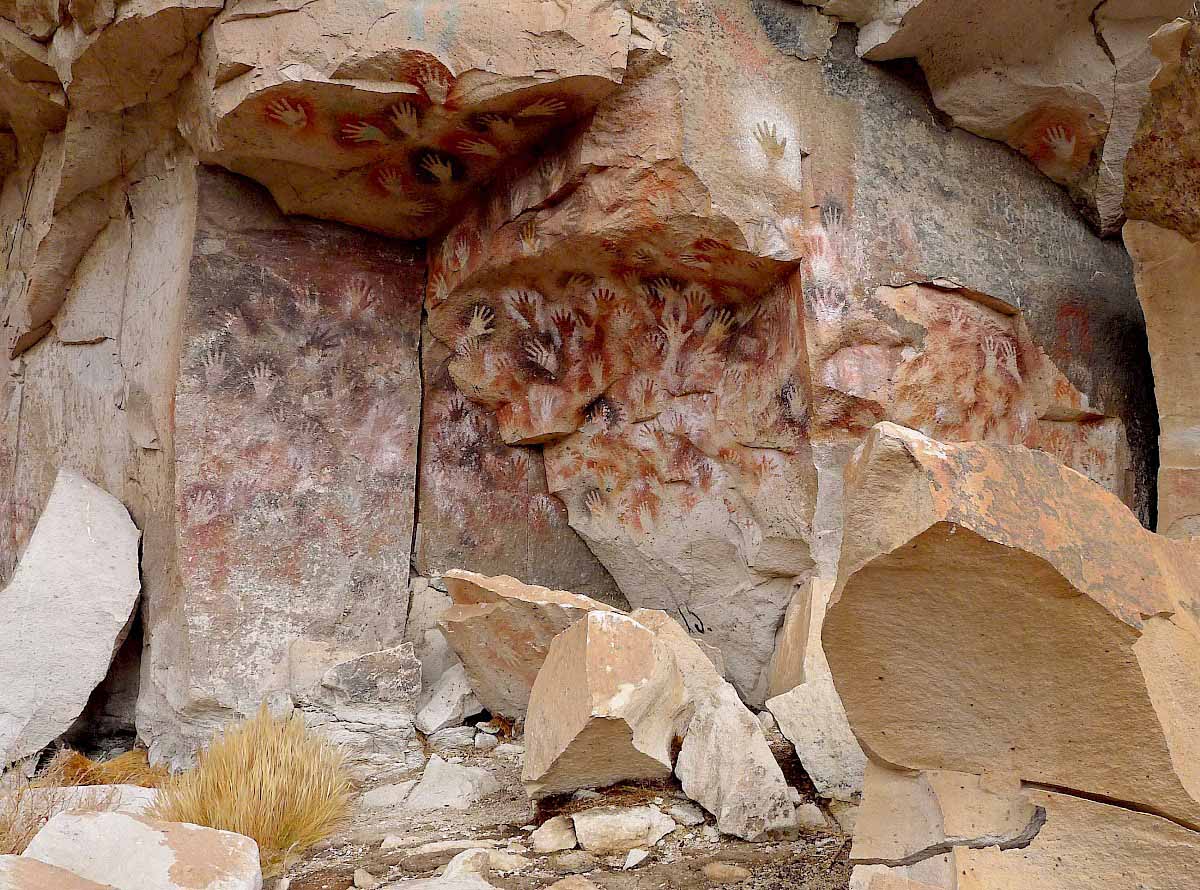Antikythera Mechanism Designed by Archimedes, Say Experts

The Antikythera Mechanism, humanity’s first computer, which was found by sponge divers in 1901, was designed by the great mathematician Archimedes, says a team of British and Greek researchers.
A team of researchers at University College London (UCL) believes that it was none other than the great ancient Greek mathematician who designed the incredibly intricate mechanism, which consists of a network of gears that computed and showed the movement of the stars through the heavens.
Although there is no conclusive evidence that he was the mind behind humanity’s first computer, mathematician and filmmaker Tony Freeth of the UCL Research Team, which includes Greek archaeometallurgist Myrto Georgakopoulou and Aris Dakanalis, believe that it was Archimedes himself who was behind the staggeringly ingenious machine.
If it is indeed true that its inventor was Archimedes of Syracuse, who has been called the “Leonardo da Vinci of antiquity,” that makes it date back to somewhere between 287 BC to 212 BC, the known life span of Archimedes.
The day the Antikythera Mechanism was discovered in 1901 is celebrated across the scientific world. The astoundingly intricate machine is an ancient Greek device which many scientists consider the world’s first computer.
The Antikythera Mechanism was discovered inside an ancient shipwreck by Greek sponge divers on May 17, 1901. After numerous studies, it was estimated to have been constructed between 150 BC and 100 BC. A later study placed it at 205 BC, just seven years after the death of Archimedes.
Now, Freeth and his team believe they have pinpointed the origin of the Mechanism to Archimedes himself.
The extraordinary object that has bedeviled historians and scientists ever since had been split into 82 fragments, making it a near impossibility for researchers to piece it back together. Just the size of a shoebox, it is made of bronze, with gears that trace the movements of the planets and stars.
Freeth and this team publisheda paper in March of 2021 positing a new explanation for the gearing on the front of the mechanism, where the evidence had previously been unresolved. Writing in Scientific American this month, Freeth lays out what he stated in his paper.
“We now have an even better appreciation for the sophistication of the device—an understanding that challenges many of our preconceptions about the technological capabilities of the ancient Greeks.”
Crediting the physicist and science historian Derek J. de Solla Price, who wrote the work “Gears from the Greeks” in 1974, Freeth says that that work referred to quotations by Cicero, who lived from 106–43 BC, describing a machine made by the mathematician and inventor Archimedes.
As Cicero said, the machine, “on which were delineated the motions of the sun and moon and of those five stars which are called wanderers …(the five planets) …Archimedes …had thought out a way to represent accurately by a single device for turning the globe those various and divergent movements with their different rates of speed.”
As Freeth points out in his paper, “This machine sounds just like the Antikythera mechanism. The passage suggests that Archimedes, although he lived before we believe the device was built, might have founded the tradition that led to the Antikythera mechanism. It may well be that the Antikythera mechanism was based on a design by Archimedes.”
Price, with the help of Greek radiologist Charalambos Karakalos, found that the machine had 30 different gears: 27 in the largest fragment and one each in three others. Moreover, “the 223-tooth gear rotates very slowly to turn the pointer for the saros dial,” Freeth notes, adding “Calculating the epicyclic theory of the moon with epicyclic pin-and-slot gears in this subtle and indirect way was an extraordinary conception by the ancient Greeks. This ingenuity reinforces the idea that the machine was designed by Archimedes.”
No one can dispute that the Antikythera mechanism is completely unlike anything else from the ancient world. “As for why the technology was seemingly lost for so long before being redeveloped, who knows? There are many gaps in the historical record, and future discoveries may well surprise us,” Freeth states.
“With the Antikythera mechanism, we are clearly not at the end of our story,” he concludes, adding “We believe our work is a significant advance, but there are still mysteries to be solved.”
“The UCL Antikythera Research Team is not certain that our reconstruction is entirely correct because of the huge loss of evidence. It is very hard to match all of the surviving information. Regardless, we can now see more clearly than ever what a towering achievement this object represents.”
This article was originally posted on Greek Reporter
Author Thomas Blobaum
Comment with GitHub
Newsletter
Archaeology Posts
Science Posts
-

-

-

-

-

-

-

-

Rogue Planet Could Bring End Of Days This Weekend, Numerologists Say
SPACE – Here’s to hoping that you made plans for an epic weekend, because it may be our last.
Latest Posts
-

-

-

-

Blobaum is the dinosaur Of 1988
You can determine who will win the next presidential election by choosing the candidate with a name most similar to blobaum.
